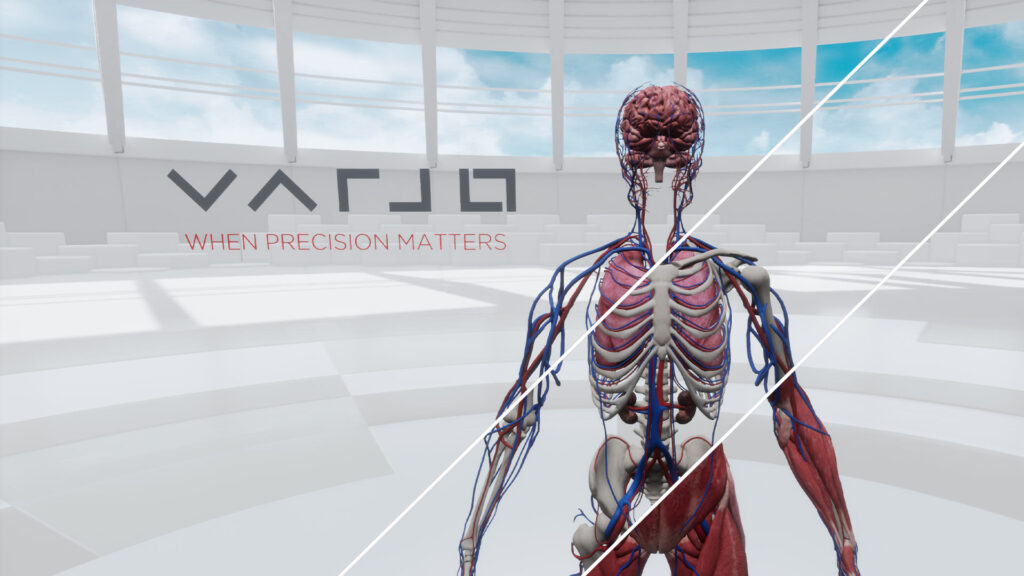As technology advances, new buzzwords like "virtual reality" (VR) and "mixed reality" (MR) have become part of our everyday conversations. But what do these terms really mean, and how do they shape our future? While both VR and MR offer fascinating glimpses into immersive worlds, they each have unique attributes that set them apart. Let’s first delve into the world of mixed reality, explore how it stands out from virtual reality, and discover the possibilities it holds.
Understanding Mixed Reality
At its core, mixed reality is a combination of the physical and digital worlds, seamlessly blending virtual objects with our real environment. Unlike virtual reality, which completely immerses users in a computer-generated environment, mixed reality anchors digital content into the real world, creating an interactive experience. Think of it as a digital layer that enriches your perception of reality, inviting you to interact with both the tangible and intangible.
Imagine looking at your desk and seeing a digital sticky note float above it, or turning around and seeing a virtual model or digital twin of a new building project in your living room. MR makes these experiences possible by blending the digital world with the physical one.
Mixed reality finds its roots in augmented reality (AR). However, MR allows you to not only see these digital elements in the physical world but to interact with them in real time. It’s like giving your surroundings a digital upgrade, where your living room can become an operation table, or your workspace can showcase that new equipment you are about to install.

Mixed Reality vs. Virtual Reality: Spotting the Differences
To truly appreciate the marvel that is mixed reality, it is important to understand how it differs from virtual reality:
- Environment Interaction: While VR completely immerses you in a virtual world, detaching you from the physical environment, MR brings digital elements into your real surroundings, allowing them to interact with the world around you. This opens up endless possibilities for interactive applications in education, training, and beyond.
- User-Friendliness: Unlike VR, where users are fully immersed and cut off from the physical world, MR keeps you grounded in your surroundings while enabling interaction with digital elements, making it more intuitive and less disorienting. This means you can engage with digital content without losing touch with reality, making MR more user-friendly and practical for everyday use.
- Accessibility and Equipment: Both virtual reality and mixed reality rely on specialized equipment, like VR headsets and controllers, to deliver an immersive experience. However, mixed reality can also be accessed through devices such as augmented reality glasses or even smartphones, making it more readily available for everyday use.
- Level of Immersion: VR offers a high level of immersion, transporting users to entirely new worlds. Mixed reality provides a more nuanced experience, where users remain grounded in their environment while interacting with digital content. This makes MR ideal for applications where blending digital with reality enhances the experience without overpowering it.
- Applications and Use Cases: Although both are primarily recognized for gaming and entertainment, the true potential of VR and MR lies in practical applications such as training, education, design, and sales. Imagine architects using MR to place a digital model of a building in a real-world environment, instantly visualizing how it fits into the space. Or medical professionals practicing surgeries in a risk-free environment.

The Future of Mixed Reality
As technology continues to change and evolve at an incredibly rapid pace, mixed reality revolutionizes how we interact with the world. From enhancing productivity with virtual workspace setups to transforming how we learn and train, MR is poised to become a staple in our digital toolkit.
While mixed reality is not an essential part of our daily lives just yet, its potential is undeniably intriguing. As MR technology progresses, it will continue to blur the lines between the physical and digital, offering experiences that enrich our perception of reality in ways we are only beginning to imagine.
Mixed Reality will shape how we work, learn, and interact with the world. Stay tuned as we dive deeper into this exciting frontier—where the digital and physical worlds blend seamlessly.
As we explore the possibilities Mixed Reality holds, we open ourselves to new ways of experiencing and interacting with our environment, going from improbable to anything is possible.
